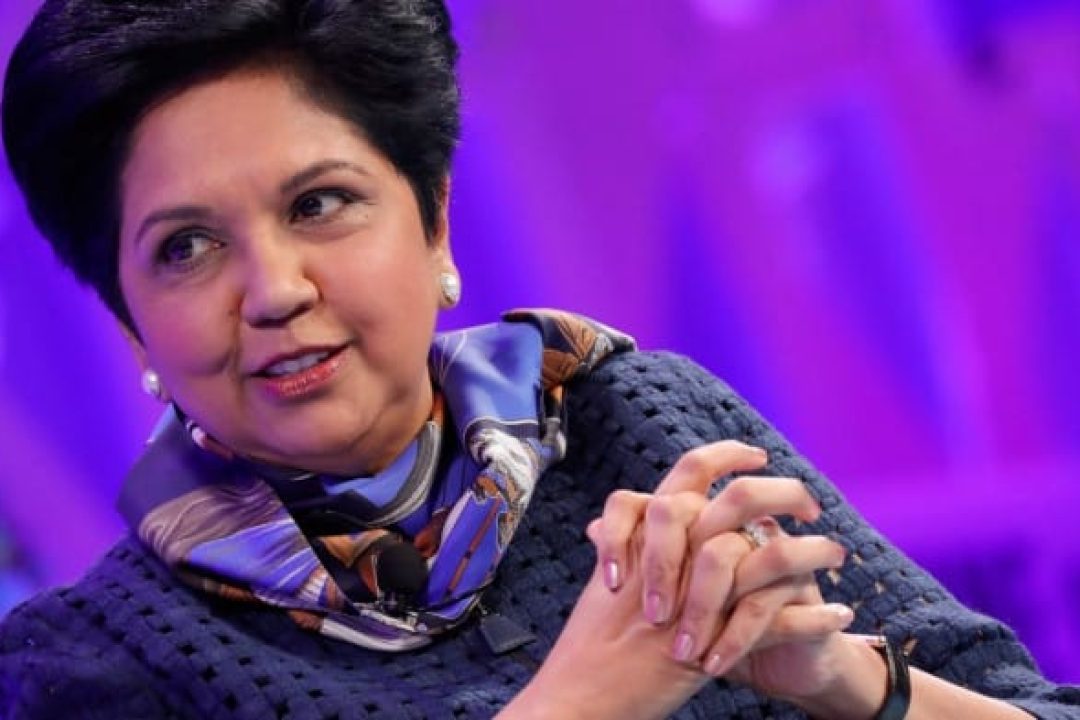
Radio is far more than a technological breakthrough; it has reshaped communication, influenced societies, and significantly impacted political landscapes across the world. Starting as a tool for military and maritime communication, radio has evolved to become a cornerstone of mass media. This article traces the history of radio, and highlights its crucial role in global communication.
The birth of radio: Marconi’s milestone
The history of radio begins in the late 19th century when pioneering scientists like James Clerk Maxwell, Heinrich Hertz, and Guglielmo Marconi laid the foundation for wireless communication through their studies of electromagnetic waves. Marconi’s 1901 achievement—sending the first transatlantic wireless signal—was a landmark moment, proving that communication could occur without physical connections, and paving the way for the radio era.
In the decades that followed, new technologies such as amplitude modulation (AM) and frequency modulation (FM) revolutionised radio, enabling clearer transmissions. The first radio station, KCBS (AM), began broadcasting in 1909, while KDKA in Pittsburgh became the first commercial radio station in 1920, bringing regular programming to the masses.
Radio’s global expansion
The 1920s saw radio stations spread rapidly across the globe, particularly in the United States and Europe. Radio began to transform not just as a tool for communication, but as a source of entertainment. A pivotal moment came in 1920 when KDKA broadcasted the presidential election results, demonstrating radio’s potential to deliver real-time news. Radio quickly became more accessible, shifting from a luxury for the wealthy to a medium enjoyed by the general public.
By the 1930s and 1940s, radio had become an integral part of daily life, providing a vital link for news, entertainment, and political communication. During World War II, radio’s importance grew further as a tool for propaganda and as a means to relay critical wartime information. Radio broadcasts boosted morale, spread nationalistic messages, and kept people informed about troop movements and military strategies.
Radio’s role in World War II
World War II marked a turning point in radio’s role. Governments realised radio’s potential to shape public opinion and offer immediate updates. One of the most memorable uses of radio during this period was Franklin D. Roosevelt’s “fireside chats,” which helped comfort the American public during the Great Depression and the war. These broadcasts demonstrated radio’s unique ability to connect emotionally with listeners, even though Roosevelt never met them face-to-face.
Radio also played a crucial role in military efforts, with broadcasts conveying coded messages and updates about troop activities. For the first time, people worldwide could listen to live reports from battlefronts, shaping public perceptions of the war.
The golden age of radio
After World War II, radio entered its “Golden Age” in the 1950s. Radio became an essential part of daily life, with programming ranging from music and drama to news and talk shows. Broadcasters such as Edward R. Murrow, Walter Cronkite, and Norman Corwin became household names, leaving a lasting mark on the cultural landscape. At its peak, over 100 million radio sets were in use in the United States alone, demonstrating radio’s vast reach.
Radio’s decline and technological advancements
As the 20th century progressed, radio faced increasing competition from new technologies. The rise of television in the 1950s marked the start of radio’s decline as the primary source of visual entertainment. People gravitated towards television’s visual content rather than the auditory nature of radio. Additionally, the rise of the internet and digital media introduced new sources of information and entertainment.
Nevertheless, radio adapted. The introduction of FM radio in the 1970s, with its superior sound quality, revitalised interest in the medium. In the 21st century, satellite radio and digital platforms have ensured radio’s continued relevance, allowing it to cater to more diverse audiences and offering personalised programming.
Legendary female radio personalities
Over the years, numerous female broadcasters have made significant contributions to radio. Robin Quivers, known for her honesty and wit, became a key figure on Howard Stern’s show. In Italy, Federica Panicucci’s warmth and charm endeared her to listeners, while Meital Dohan’s storytelling captured the hearts of Israeli audiences. Other notable female broadcasters, such as Dannii Minogue, Masami Nagasawa, and Nina Girado, have each left a unique imprint on the medium, helping shape the radio landscape across the world.
The rise of digital radio and podcasts
The 21st century has brought further transformation to radio, especially with the rise of podcasts, internet radio, and satellite broadcasting. Digital platforms have revolutionised the medium, offering listeners the ability to enjoy on-demand content and engage in live, interactive programs. In India, stations like Radio Mirchi and Red FM continue to entertain millions, while All India Radio remains a staple of Indian radio.
According to Statista, the number of radio users in Asia is projected to reach 1.6 billion by 2029, with a user penetration of 33.4% expected in 2025. The average revenue per user (ARPU) for radio in Asia is expected to be around US$4.26, illustrating radio’s continued importance across the continent. The steady growth of the radio market in Asia is a testament to its ability to adapt and remain a significant force in global communication.
Radio’s continued relevance
Despite facing competition from newer technologies, radio remains a powerful and flexible medium. Whether through traditional broadcasts or digital platforms, radio continues to be a constant companion, evolving to meet the needs of its listeners. In Asia, where the user base is rapidly growing, radio’s influence remains robust. In India, millions still rely on radio for music, news, and entertainment.
In conclusion, radio has played an essential role in shaping how we communicate, inform, and entertain. From its early days as a military tool to its modern-day presence in digital formats, radio has proven its ability to evolve and remain relevant. Whether through traditional broadcasts or podcasts, radio continues to be a crucial part of the global media landscape, adapting to the changing needs of its audiences across the world.















